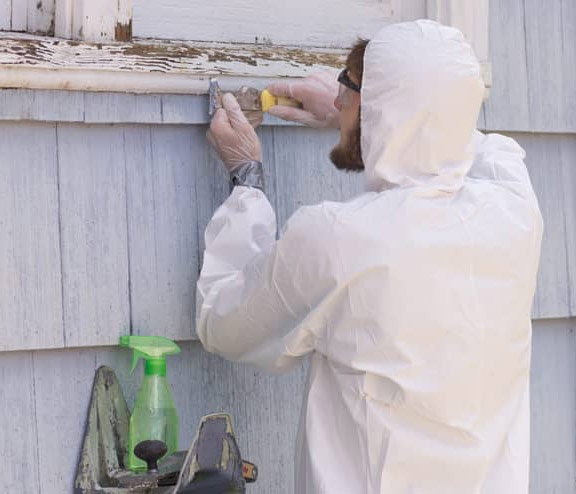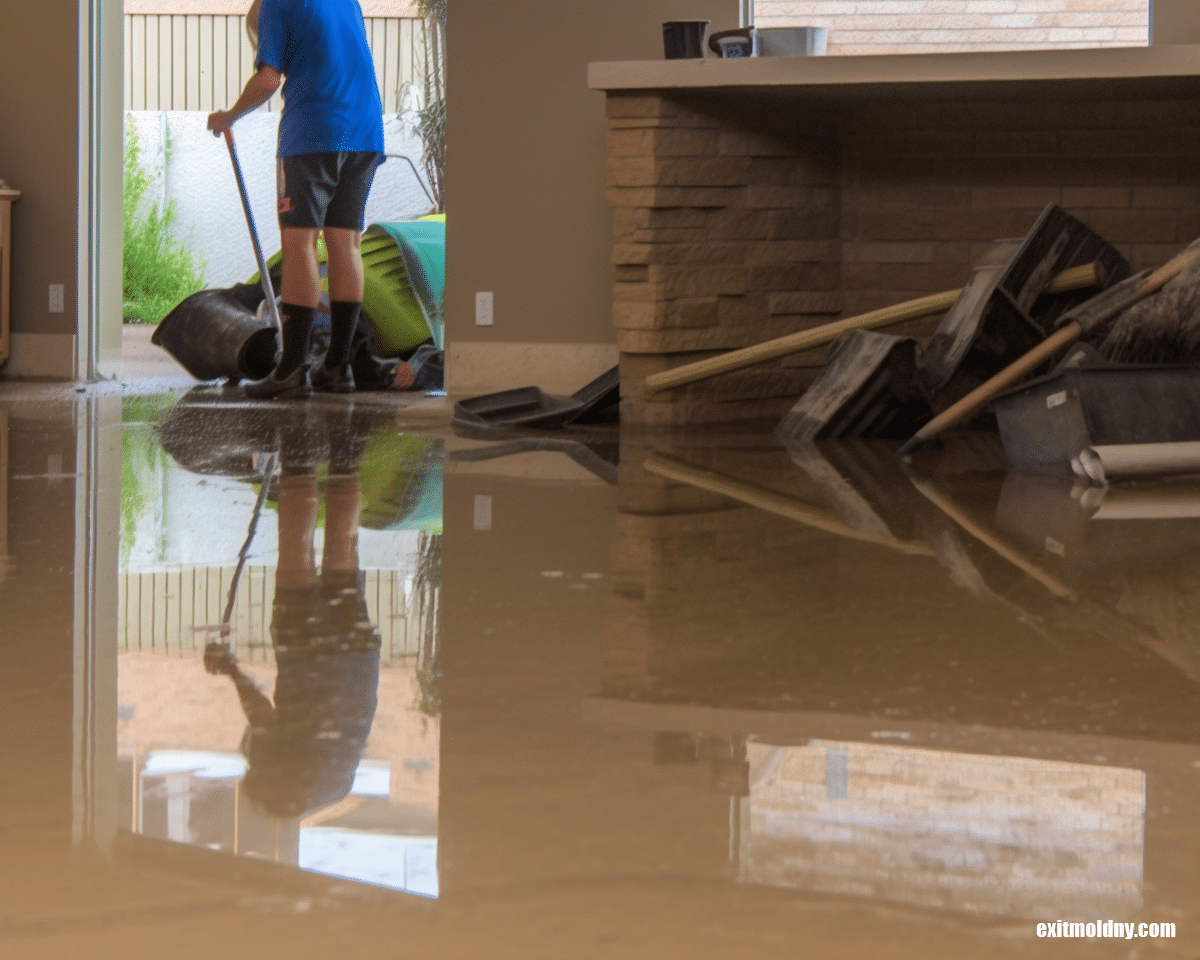Best Practices for Making Sure Safe and Thorough Lead Infraction Reduction
Dealing with lead violation reduction calls for a multi-faceted approach to make sure both security and compliance. It's the final clearance procedure, entailing complete assessments and lab testing, that truly validates a lead-free atmosphere, guaranteeing long-lasting safety. How do these techniques interconnect to guarantee thorough lead reduction?

Preliminary Assessment
Performing a preliminary assessment is an essential initial step in lead offense abatement. This stage includes a detailed analysis of the residential property to identify the visibility, degree, and details places of lead-based threats. Qualified specialists, such as licensed lead assessors or run the risk of assessors, need to carry out a comprehensive site examination, using devices like X-ray fluorescence (XRF) analyzers to accurately find and measure lead concentrations in paint, dirt, soil, and water.
The evaluation has to also consist of a review of the building's background, previous records, and any problems or wellness issues reported by passengers - Lead Removal Contractors. Recording the findings thoroughly is crucial, as these records develop the basis for creating a reliable abatement technique. A detailed assessment also includes tasting and research laboratory analysis, which are crucial to verify the visibility of lead and overview succeeding actions
Additionally, it is necessary to connect the outcomes transparently to all stakeholders, including residential or commercial property owners, occupants, and governing authorities. By making certain that the first analysis is conducted with precision and roughness, professionals can lay a solid structure for a targeted and reliable lead reduction procedure, inevitably guarding public wellness and making certain conformity with governing criteria.
Correct Control
Proper containment is critical to avoid the spread of lead contaminants throughout reduction activities. Properly taking care of containment decreases the risk of lead dirt and debris migrating to non-work areas, therefore guarding both the environment and people outside the instant job area.

Regular examinations of the control area are required to inspect for breaches or weaknesses in the obstacle. Any identified problems should be without delay resolved to preserve the honesty of the control. By sticking to these practices, abatement tasks can effectively manage lead contamination and mitigate affiliated wellness threats.
Employee Defense
Ensuring worker defense is vital throughout lead abatement jobs to stop occupational direct exposure to harmful lead particles. Necessary measures include using personal safety tools (PPE) such as respirators, gloves, and full-body matches especially made to block lead dust and fumes. Workers ought to go through detailed training on the right usage and maintenance of PPE, including healthy screening for respirators to make sure maximum effectiveness.
Design controls, such as neighborhood exhaust air flow systems, are crucial in lessening airborne lead concentrations in the work environment. Management controls need to likewise be implemented, including limiting the duration of direct exposure and turning employees to decrease specific direct exposure times. Regular clinical security and organic tracking are vital for very early discovery of lead absorption, making it possible for prompt intervention and treatment.
In addition, developing a decontamination protocol is essential. Workers must comply with rigid purification procedures before breaks and at the end of their shift to stop lead dirt from being carried outside the work location. This includes extensive hand and face cleaning with lead-specific cleaner and altering out of contaminated garments.
Precise Clean-up
Maintaining a Resources safe work setting expands past employee defense and encompasses precise clean-up to guarantee lead particles are thoroughly removed from the website. The process of careful cleaning is essential in protecting against the recontamination of the mellowed out area and protecting both current and future residents.
To accomplish a thorough cleanup, all workplace have to be systematically sanitized. This includes the usage of specialized HEPA (High-Efficiency Particulate Air) vacuum and wet-wiping methods to capture and remove great lead dirt that may have settled on surface areas. It is imperative to cleanse all horizontal surfaces, consisting of floorings, window sills, and countertops, as well as vertical surfaces that might have trapped lead particles.
Workers should wear proper personal protective tools (PPE) during cleaning to prevent direct exposure to residual lead dirt. Used cleaning products such as Get the facts wipes, sponges, and wipe heads ought to be disposed of according to contaminated materials disposal laws.

Last Clearance
Final clearance is the critical concluding phase of lead abatement that identifies whether the site is risk-free for reoccupation. This essential step includes detailed evaluation and testing to verify that all lead risks have been effectively eliminated.

Final clearance screening not just protects future owners however also ensures compliance with regional, state, and government policies. Moreover, it offers as a documented recognition of the read this reduction contractor's adherence to sector finest practices. Guaranteeing a comprehensive and effective final clearance is vital in guarding public health and fostering count on in the reduction procedure.
Conclusion
Making certain safe and detailed lead violation abatement demands a complex approach including preliminary analyses with sophisticated discovery techniques, effective control approaches, strict worker defense procedures, and precise clean-up procedures. The last clearance stage, including in-depth evaluations and laboratory testing, is vital to verify compliance with EPA standards. Adherence to these ideal methods ensures a safe atmosphere for passengers, reduces health dangers, and supports regulatory needs, thereby promoting public health and security in lead-affected areas.